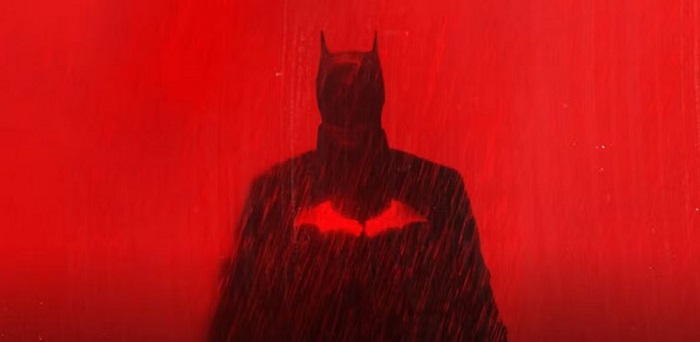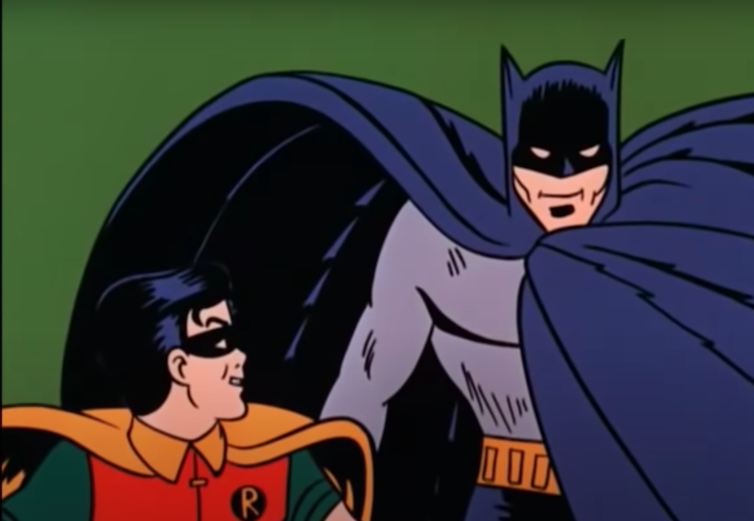
Who needs one Batman when you can have three? Possibly no one, but that’s what Hollywood is giving us in 2022. On March 4, Robert Pattinson – the Twilight guy – takes his first trip to Gotham City in Matt Reeves’ The Batman. Then on November 4, it’s the return of veteran caped crusaders Ben Affleck and Michael Keaton, as they appear set to share the Batman role in the big screen adaptation of fellow justice League member The Flash.
That’s a lot of Batmans – and that’s just the big screen. There are some more hanging around in the comic, animation and video game belfries too. Factor in some of the live-action Batmans of old, like the late Adam West, Val Kilmer and Christian Bale (to name but a few), and maybe even the fun-poking Lego movies while we’re at it, and we’ve got quite the colony on our hands.
What this shows us is that Batman is a versatile fellow, constantly being reimagined. For almost 80 years, the film and television portrayals of DC Comics’ Dark Knight have shifted with the times, but that’s not always been a good thing.

A history of Batman
In 1943 Lewis Wilson gave us an often forgotten second world war era Batman. Crusading against the “villainous” Japanese on behalf of Uncle Sam, this version of Batman is an openly racist work of propaganda fuelled by the forced internment of Japanese Americans after the 1941 attack on Pearl Harbour.
By the 1960s it was Adam West’s turn to don the cowl in Leslie H. Martinson’s Batman: The Movie and the related ABC television series Batman. Once more battling traditional enemies like The Joker, The Riddler, The Penguin and Catwoman, the overt racism was mostly toned down in the television version. Instead, the show was packed full of bright colours, slapstick violence, sexualisation of its female characters and a not-so-subtle homoerotic subtext, openly poking fun at itself in a camp parody of the Dark Knight.

20th Century Fox, CC BY-NC-ND
Around 20 years later, when Michael Keaton arrived in Tim Burton’s Batman and Batman Returns, it was time to exorcise the camp from the Batman. Now loaded with a heavy gothic look and feel, Keaton and Burton’s Batman returned the franchise to a dark and gloomy tone that paved the way for the much bleaker Batman narratives to come. Still with us was the overt sexualisation of female characters, especially in the guise of Michelle Pfeiffer’s Catwoman.
Particularly noticeable was physical disfigurement as a marker of villainy in Jack Nicholson’s The Joker and Danny DeVito’s The Penguin. But gone was Batman’s spandex suit and cape, replaced with militaristic body armour and violence to match – although this was nearly derailed by Joel Schumacher’s more flamboyant tongue-in-cheek family-friendly interpretations Batman Forever, starring Val Kilmer, and its commercial and critical disaster follow-up, Batman Returns, with George Clooney.
At the turn of the 21st century, it was over to Christopher Nolan and his Dark Knight Trilogy (Batman Begins, The Dark Knight and The Dark Knight Rises) to reset the franchise once more. Christian Bale’s Batman was perhaps the first to go “fully” hypermasculine, where Bruce Wayne was almost as tough and chiselled as the batsuit he wore.
The violence too was more realistic and gritty, as were the motives of the villains. While still facially disfigured, they now preferred to engage in domestic acts of terrorism, with Heath Ledger’s iconic performance transforming the Joker into a mass-murdering psychopath.
This brooding hypermasculinity spilled over into Ben Affleck’s contemporary portrayal of Batman in Zach Snyder’s 2016 box office hit Batman v Superman: Dawn of Justice and box office bomb from 2017, Justice League. So it was no surprise that the announcement of equally brooding Twilight star Robert Pattinson as the next Batman set the DC fandom a flutter.
More of the same?
Further fuel was added to the fire when Pattinson revealed in 2020 that he did not want to contribute to problematic masculine body images by working out for his new role. Yet, as the promotional campaign for The Batman began to ramp up in 2022, Pattinson declared that he’d been joking about not working out, now telling us that it was crucial if an actor wanted to play Batman.
At a time when many Hollywood franchises are abandoning the controversial tropes of their past, it seems that The Batman is not. From what we can glean from the trailers, Pattinson’s Batman appears set to remain a spectacle of hypermasculinity, with his body buffed and augmented by heavy armour.
The adrenaline rush of fast cars and physical violence is front and centre too. As is the sexualised presentation of Catwoman, portrayed by Zoe Kravitz, whose body is not armoured like Batman, but augmented by her sexuality.
The use of facial disfigurements seems to have been expanded, with scars as markers of trauma etched across the face of Andy Serkis’s Alfred (Batman’s butler) and the body of Pattinson’s Batman, and more substantial deformity marking the villainy of Colin Farrell’s Penguin. In the end, it seems it’s easy to change Batman, but a lot harder to leave behind his baggage.![]()
John Quinn, University of the West of Scotland
John Quinn, Lecturer in Screen & Performance, School of Business and Creative Industries, University of the West of Scotland
This article is republished from The Conversation under a Creative Commons license. Read the original article.